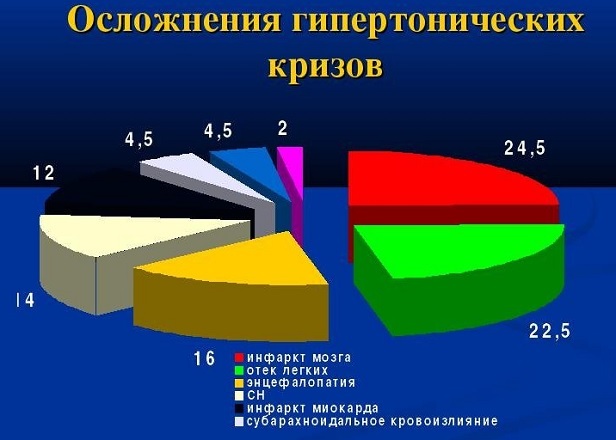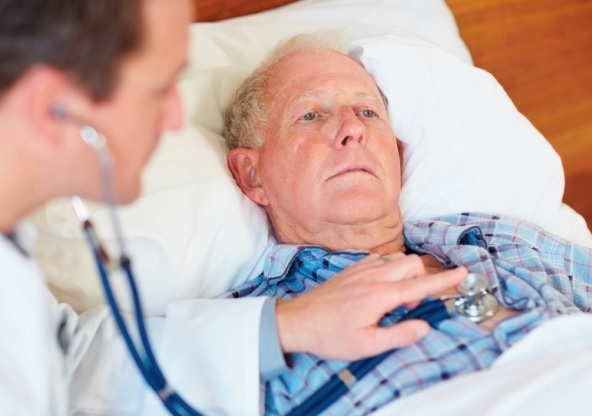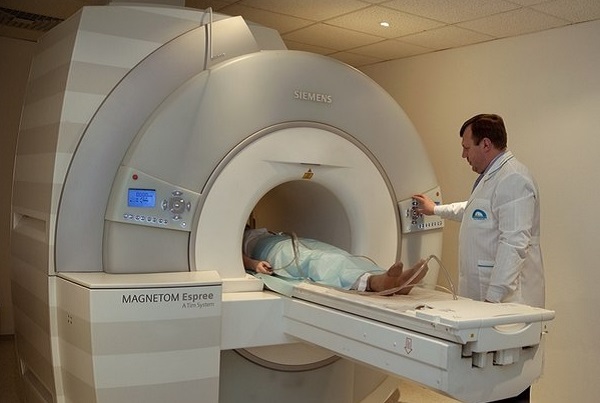Why does my neck and neck ache: reasons, treatment
Contents:
Reasons
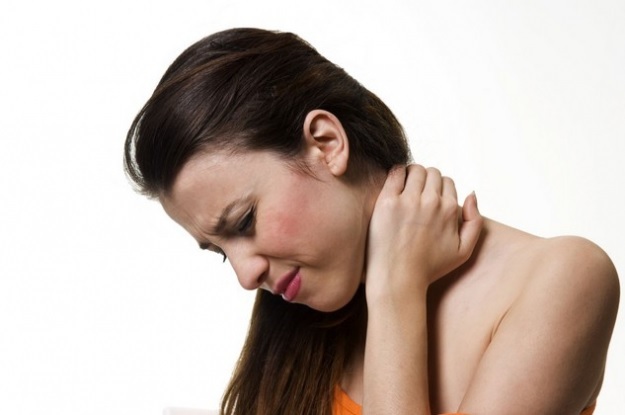 Some had to suffer from having their neck ached. These dull pains in the head can be associated with vascular disorders, changes in atmospheric pressure, endocrine disorders.
Some had to suffer from having their neck ached. These dull pains in the head can be associated with vascular disorders, changes in atmospheric pressure, endocrine disorders.
Reasons for
What are the problems with the head ache in its back? The symptom occurs after waking up, a busy day or spontaneously at any time. If it hurts the neck, there are several reasons for this:
- Increased intracranial pressure.
- Arterial hypertension.
- Craniocerebral injury.
- Osteochondrosis.
- Cold.
- Neuralgia or trauma to the occipital nerve. Tensor headaches or migraine.
- Inflammatory pathologies of the brain.
- Violation of venous outflow of the head or arterial circulation.
- Cefalgia in women in premenstrual syndrome.
 Read why there is numbness in the head: the causes and methods of struggle.
Read why there is numbness in the head: the causes and methods of struggle.
Find out why the head burns from the inside and how to get rid of an unpleasant symptom.
CCT and osteochondrosis
Craniocerebral trauma is a common cause of the developing headache. Damaged soft or hard fabrics. Fracture of the occipital bone is dangerous because of the development of complications up to a lethal outcome.
Osteochondrosis is a degenerative disease of the spine. The defeat of the cervical region leads to bursting headaches in the back of the head, visual impairment, tension of the neck muscles. Possible and vegetative manifestations: sweating, loss of consciousness, increased salivation. The reason - infringement of vessels and nerves by the formed hernias of disks, osteophytes. If the neck and neck of the neck, the probable cause - osteochondrosis of the cervical spine.
Colds, neuritis, overstrain
Colds also sometimes cause head aches. In this case, as a rule, the temperature rises, shakes chills. After a drop in temperature, the headache disappears.
The occipital nerve is damaged by inflammation or trauma, multiple sclerosis. This leads to soreness, stiffness( rigidity) of the occipital muscles. There are also possible vegetative symptoms: sweating of the nape of the neck, redness or blanching.
Overexertion during a hard day can lead to aches in the back of the head. This is due to the clamping of nerves and vessels under spasmodic muscles. This phenomenon is called tensor headache. Relaxing the muscles of the head is not easy after psychological stress, nervous overexertion.
Intracranial and arterial hypertension
Intracranial hypertension is caused by traumas and inflammatory diseases of the brain, as well as its membranes. In this case, symptoms such as:
- are nausea and vomiting;
- weakness;
- dizziness;
- change in reflexes;
- sometimes stiff neck;
- increases the pressure of cerebrospinal fluid in the ventricles of the brain due to the increased amount of fluid in them.
Arterial hypertension is one of the pathologies in which patients feel a lomiting sensation in the occiput, and also suffer from nausea, vomiting. Increased pressure is a consequence of endocrine pathologies, such as hyperfunction of the adrenal glands, hyperthyroidism. Arterial pressure rises with kidney disease, psychological stress.
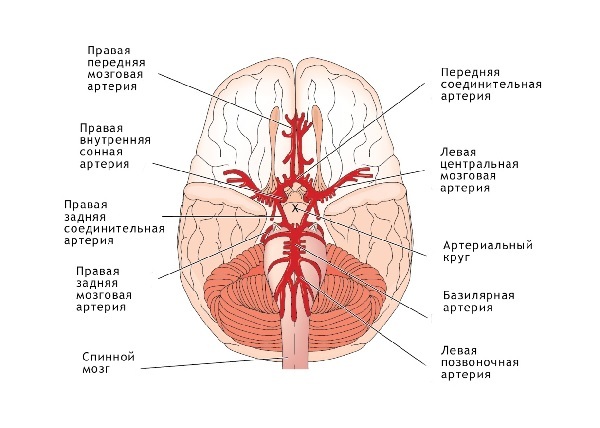 In the back of the head are large venous sinuses. The current of blood in them is provided by gravity. Outflow is sometimes disturbed in a dream, which leads to a feeling of aches.
In the back of the head are large venous sinuses. The current of blood in them is provided by gravity. Outflow is sometimes disturbed in a dream, which leads to a feeling of aches.
The arterial blood supply disorder of the vertebrobilar basin may cause hearing and balance impairment. Causes are vascular diseases, such as atherosclerosis or systemic lupus erythematosus.
Migraine, Brain Inflammation
Migraine, cluster headaches also cause a painful ache in the nape. Pathology is caused by excessive vasodilation, hypoxia, an allergic reaction to foods or environmental agents.
Inflammatory diseases of the brain, such as tick-borne encephalitis, meningitis, cause pain in the nape, as well as violation of joint and skin reflexes( strengthening or weakening).There may be nausea or vomiting, which causes an increase in intracranial pressure. Diseases are dangerous because they lead to a coma or death.
Diagnosis and treatment of diseases in which the nape of the head is broken
If there are aches in the back of the head, as well as dizziness, visual impairment and hearing, it is necessary to consult a neurologist to identify the causes and treatment of diseases. Studies of function, brain structure - magnetic resonance imaging or ultrasound, rheoencephalogram, electroencephalogram are conducted.
With increased intracranial pressure, diuretic drugs are prescribed to remove excess CSF from the central nervous system. Apply Furosemide, glucocorticoids to relieve cerebral edema. If the disease is caused by an infectious agent, like with meningitis, antibiotics are prescribed. And also puncture of the spinal canal is performed to extract excess fluid that is sent for analysis.
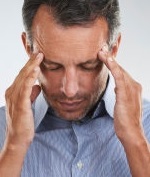 What is occiput mumps: variants of norm and pathology.
What is occiput mumps: variants of norm and pathology.
Read why the head hurts after a headache: the causes and consequences.
Find out why there is a headache in the nape: causes, diagnosis, treatment.
With arterial hypertension, pressure is lowered with beta-blockers, calcium channel blockers, diuretic drugs( Indapamide).If the increase in blood pressure and aches in the head are regular, apply a therapeutic diet with a limited amount of salt, animal fats. Flour products in the diet are undesirable. But fruit and vegetable juices rich in potassium are useful, having a diuretic effect and removing excess fluid from the body.
In case of aches caused by cervical osteochondrosis, anti-inflammatory drugs( diclofenac), chondroprotectors in injections( Sustagard, Mukosat, Elbona) are used. For the removal of muscle spasms prescribed muscle relaxants, potassium preparations( Asparcum).Effective means - Diprospan, a steroid hormone that relieves inflammation and pain syndrome. Massage and physiotherapy exercises also help.
For a cold with fever, use anti-inflammatory drugs: paracetamol, aspirin, which help to remove lomiting sensations. Constant problems with the occipital nerve require radiofrequency ablation( the method is based on the release of thermal energy).
Nausea in the nape - a sign of trouble in the vascular system, inflammatory phenomena in the central nervous system. With constant, intense pain can not be delayed with an appeal to a neurologist.
write the question in the form below:

